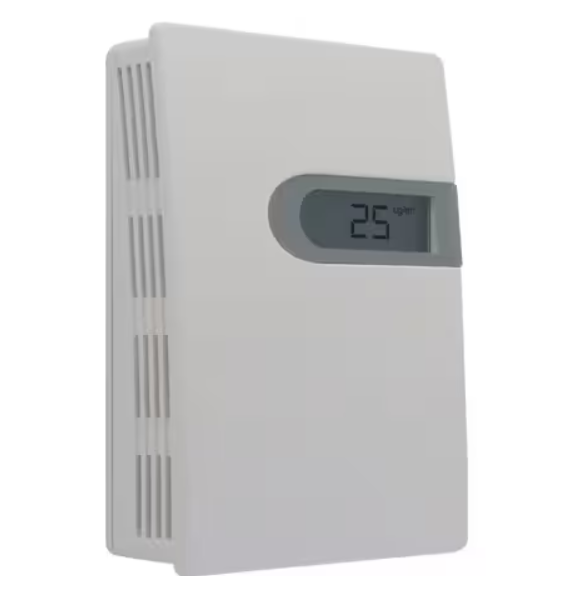What is a PM Sensor? How it Works & Practical Applications
Posted on: 10/10/2025
Learn what a PM sensor is, how it works using laser scattering technology, and why it is important in air quality monitoring.
In modern living environments, both indoor and outdoor air quality are increasingly affected by fine dust (Particulate Matter – PM). These microscopic particles can cause a wide range of health problems — from allergies and respiratory irritation to more serious chronic diseases such as cardiovascular issues and lung cancer.
To effectively monitor and improve air quality, modern monitoring systems now employ particulate matter (PM) sensors — compact yet powerful devices. But how do these sensors work? And are they worth investing in?
1. What Is Particulate Matter (PM)?
-
PM10: Particles smaller than 10 micrometers (μm), which can enter the upper respiratory system such as the nose and throat.
-
PM2.5: Particles smaller than 2.5 μm, capable of penetrating deep into the lungs and even entering the bloodstream, posing long-term health risks.
🌫️ According to medical research, PM2.5 exposure can increase the risk of stroke, chronic obstructive pulmonary disease (COPD), and other respiratory conditions.
2. What Is a PM Sensor?
A particulate matter sensor (PM sensor) is a device used to measure the concentration and size of airborne particles — including PM1.0, PM2.5, and PM10.
These sensors are commonly integrated into:
-
Smart air purifiers
-
Building HVAC systems
-
Environmental monitoring stations
-
Industrial and medical applications
3. How Does a PM Sensor Work?
🔬 Light Scattering Principle (Laser Scattering):
-
The sensor draws air into the measuring chamber.
-
A laser beam passes through the airflow.
-
Airborne dust particles scatter the light.
-
A photodetector measures the intensity of scattered light.
-
The internal algorithm analyzes the data → determines PM2.5, PM10, etc. concentrations.
⚙️ Advanced sensors such as the DwyerOmega PMI Series offer:
-
High accuracy — detects particles as small as 0.3 μm
-
Instant alerts when particulate concentration exceeds limits
-
Sensor lifespan of up to 10 years
4. Why Monitor Fine Dust?
🏠 Indoors:
-
Generated from cooking fumes, cigarette smoke, pets, mold, and carpets.
-
Causes respiratory irritation, allergies, and affects children and the elderly.
🏭 In Industrial Environments:
-
Impacts product quality and equipment performance.
-
Poses health risks for workers.
🏥 In Medical Environments:
-
Cleanrooms and operating rooms require strict control of ultra-fine dust levels.
5. Real-World Applications of PM Sensors
|
Sector |
Application |
|
Residential & Office |
Air purifiers, smart home devices |
|
Commercial Buildings |
Integrated into HVAC systems |
|
Manufacturing Industry |
Cleanrooms, electronics production lines |
|
Healthcare & Laboratories |
Operating rooms, sterile zones |
|
Environmental Monitoring |
Outdoor air quality observation |
6. Recommended Device: DwyerOmega PMI Series
✅ Detects fine particles from 0.3 μm
✅ Integrated over-threshold alert function
✅ Easy wall or duct mounting
✅ Modbus and BACnet communication — easy integration with building systems

👉 Learn more at DwyerOmega PMI Series
7. Conclusion: Should You Invest in a PM Sensor?
If you are:
-
Concerned about indoor air quality
-
Managing smart buildings or industrial facilities
-
Working in healthcare or high-tech industries
👉 Then a PM sensor is an essential tool. Continuous monitoring, real-time alerts, and automated responses not only improve health and comfort but also ensure operational safety and efficiency.